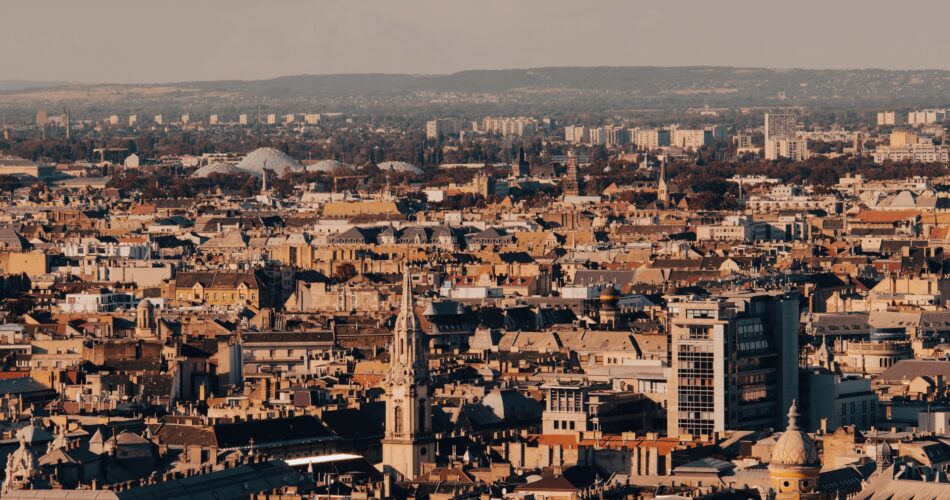It’s time for a new adventure! And we’ve got the perfect destination: Budapest, Hungary. This unique European city offers you a break from skyscraper life and an opportunity to tour some of Europe’s oldest buildings and best-preserved architecture. In this blog post, we have compiled a list of the best places to visit in Budapest so that you can get the most out of your visit. There are many places to see and things to do when visiting our beautiful city. We hope that you find these tips helpful!
Budapest is a city of contrasts, an amalgamation of the new and the old. It’s also one of Europe’s most beautiful cities, with its winding streets lined with Gothic mansions. The Danube River splits Budapest in two; Buda on the west bank and Pest on the east bank. Both banks are home to many attractions that will keep your interest for days!
Budapest is a popular destination for budget travelers on European trips, as well as European vacationers and river cruise passengers looking to venture beyond Western Europe. Budapest’s dreary appearance hides a vibrant, cool city full of cheap accommodation and affordable meals that fit just right into even the tightest of budgets.
Budapest is a wonderful city that offers everything you’d get in Western Europe for half the price (and with half the crowds!). Personally, We believe it to be one of Europe’s most exciting cities!
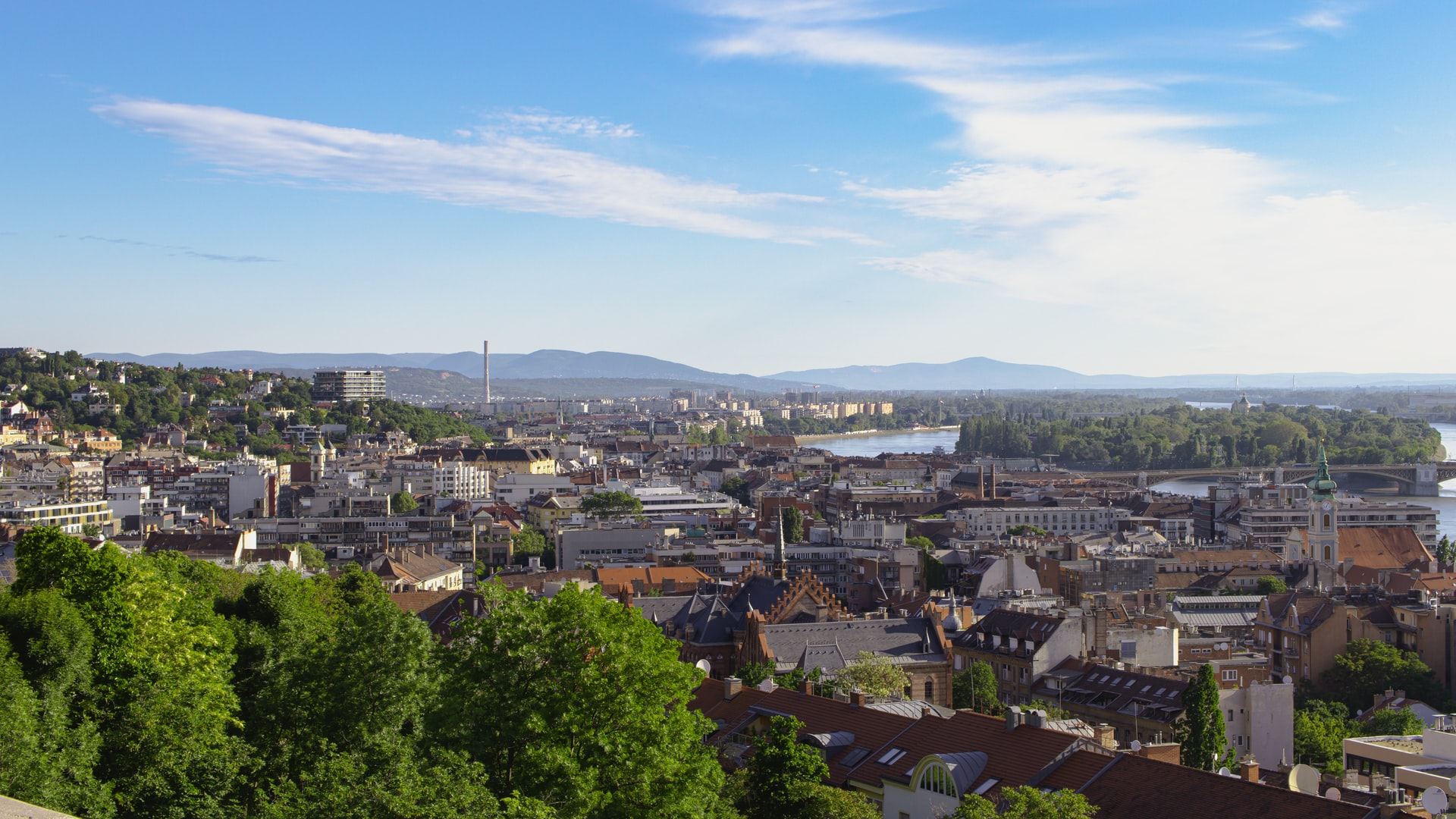
What’s the official currency in Budapest?
Hungary uses forint as its national currency. The forint has the international code HUF and the symbol Ft(and it is the official currency in Hungary). However, most people living in Budapest can speak English. Continue reading this blog post to find the best places to visit in Budapest!
Short Story about History of Budapest
The history of Budapest dates back to Roman times. In fact, the name comes from a Celtic tribe that settled in the area during the first century AD and named it “Buda.”
During World War II, Hungary was an Axis Power fighting against Russia (and later the US) on the Eastern Front; this conflict saw Russian soldiers parade down Andrassy Avenue after they defeated German forces at Stalingrad.
Following WWII, Germany invaded again leading to Soviet occupation. This period ended with Stalin’s death in 1953 when Imre Nagy lead Hungarians into revolution before being overrun by Soviet tanks weeks later under orders from Moscow. The city remained under heavy surveillance for many years following these events as people tried to forget what happened during the revolution.
Budapest’s history has seen many different empires come and go, including Ottoman rule (for over 120 years), Nazi occupation, Soviet forces after WWII, etc… However, Budapest is very much rooted in its own culture–plenty of which can be found on street corners across the city!
Budapest has a very rich history that dates back over 2000 years ago when it was first founded by Celtic tribes who named it after their King Buda. Later on, through wars and revolutions, many different empires came into power from Romans all the way up until the Soviet Union era where tensions were high between them and other nations such as the USA which led to a revolution against USSR forces before retreating shortly afterward due to heavy surveillance following events throughout these times.
There are many places to visit in Budapest that hold its rich history such as the Citadel which was first built during Roman times, Andrassy Avenue where Russian soldiers paraded down after defeating German forces at Stalingrad, and of course, there’s Heroes’ Square which is also referred to as “Millennium Monument” due to it being completed by a public holiday on 1000th anniversary of Hungary (in 1896).
The official language spoken by Hungarians today was not always so; Hungarian derives from Finno-Ugric roots with strong Turkish influence throughout history. Its main ancestor tongue however dates back around 500 years ago when it emerged in the western part of the Ural Mountains to the Volga River.
Zobraziť tento príspevok na Instagrame
Buda Castle was built during Roman times and is one of its most well-known attractions in Budapest today, along with other places such as Citadel which also dates back from this era!
Budapest’s foreign relations: the United States, the United Kingdom, and Hungary all have embassies in Budapest–which shows how important places like this are too many nations! Cultural links between the two major cities of New York, America, and Budapest were established during 1871 (before either country existed), making them one of the oldest international ties in the world. There is also a strong Hungarian presence in Brooklyn.
In fact, long before 1930, there was a substantial Hungarian population living in the area who helped to create much of its current history, including churches/synagogues that still exist near the Manhattan island where they were relocated after coming from Europe during World War I.
Public Transport in Budapest
Budapest’s public transportation system is highly accessible; it includes metro (M) and tram lines. While the subway is ideal for traveling throughout Budapest during rush hour when buses may be crowded or full, you should consider using Budapest’s trams in locations where they operate – they’re both cost-effective while still pleasant!
Localities have grown up with the M(subway) line since their inception in 1896, and these subterranean trains have been transporting riders underground since then. They were originally steam-powered before being converted to electric in the 1950s, though it will only take you about 20 minutes from one end of the network to the other!
The capital’s public transportation system is well-connected, and it even includes trams to help you get around when the streets are too congested to board a bus during rush hour. All Budapest public transport tickets must be purchased in advance. We learned this the hard way when we tried to catch a local bus and we couldn’t get a ticket on board.
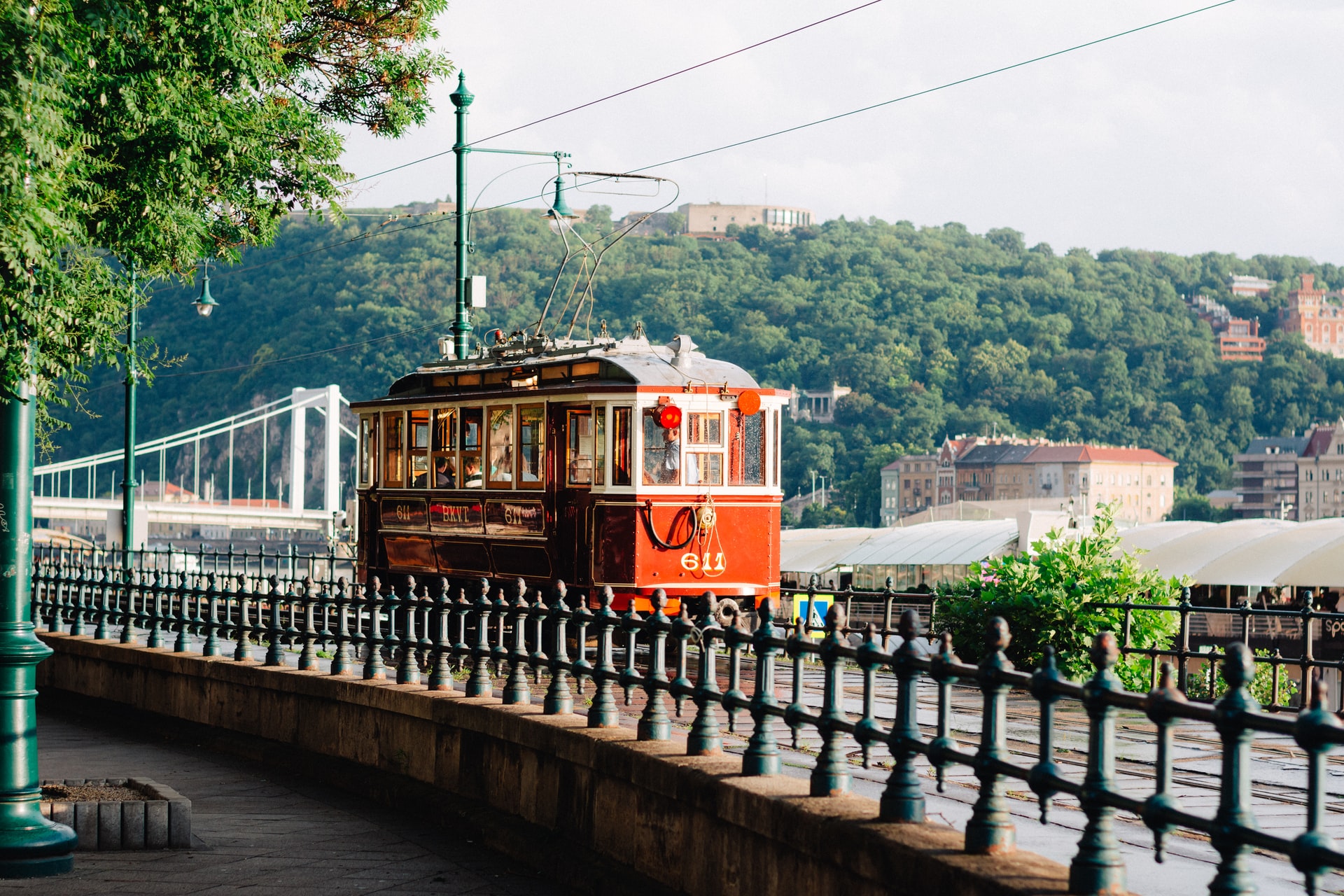
To buy a ticket, you have to do so from a ticket vending machine (TVM), of which there are over 300 littered around the city and major transport hubs. Of course, we had to catch the bus from the one-stop that didn’t have one, so we ended up walking.
There are very few ticket counters in Budapest, in case you were hoping to speak to someone to ask their advice about tickets and which is the best one to purchase. The only ones left can be found in some of the major metro stations. No doubt this will lessen as time goes on.
Don’t forget to validate your metro ticket! This is a recommendation that you’ll find in many Budapest travel guides. We’ve heard that ticket inspections are quite frequent, and if you’re caught traveling on an invalidated ticket, you can receive on-the-spot fines. Simply push your ticket into one of the orange machines at metro station entrances for a few seconds to validate it. You’ll hear a beep followed by the printing of a validation mark on the ticket. It’s as easy as that.
Some fun facts before what you should know before visit Budapest
Don’t clink your beer or wine glasses together.
When you say “cheers!” it is considered poor manners to chink beer mugs. This taboo behavior is said to date back to Hungary’s 1848 revolution against the Habsburgs, in which they were defeated, and the Austrians used to toast and clink their glasses as a victory celebration. Since then Hungarians have vowed not to cheer with beer for 150 years. Although it has been 150 years since then, the custom persists.
Budapest has the largest synagogue in Europe and Jewish in Budapest
You’ve undoubtedly seen synagogues before, and if you’ve ever visited one, you know they’re usually modest and unadorned. The Great Synagogue in Budapest is not one of these. One of the biggest and most spectacular cathedral naves I have ever seen can be found at this Jewish temple that towers over Dohany Street. It is among the most gorgeous synagogues in Europe.
The synagogue was built in 1859 and is home to three different faith communities: Judaism, Orthodox Christianity, and Lutheranism. The architect for this magnificent place of worship, which can seat 3000 people, drew inspiration from Byzantine architecture.
Budapest has the most thermal water springs of any capital city in the world.
Hungary has an abundance of subterranean hot water resources, which is no surprise. Budapest is widely recognized as the thermal bath capital of the world. In Budapest, there are dozens of spas and baths, including Szechenyi Baths, Gellert Baths, and Kiraly Baths, some of which are in magnificent edifices.
Budapest has more bridges than any other city in the world.
Budapest is home to at least 20 bridges, including some that are quite unusual and unique. When it opened in 1849, the Szechenyi Chain Bridge was Hungary’s first permanent bridge over the Danube River, although its original form included two parallel wrought iron chains rather than a suspended deck like today’s version. A few years later, another bridge – Margaret Bridge – was built nearby with an arch-based steel structure that could carry both pedestrians and cars (trams operated on them).
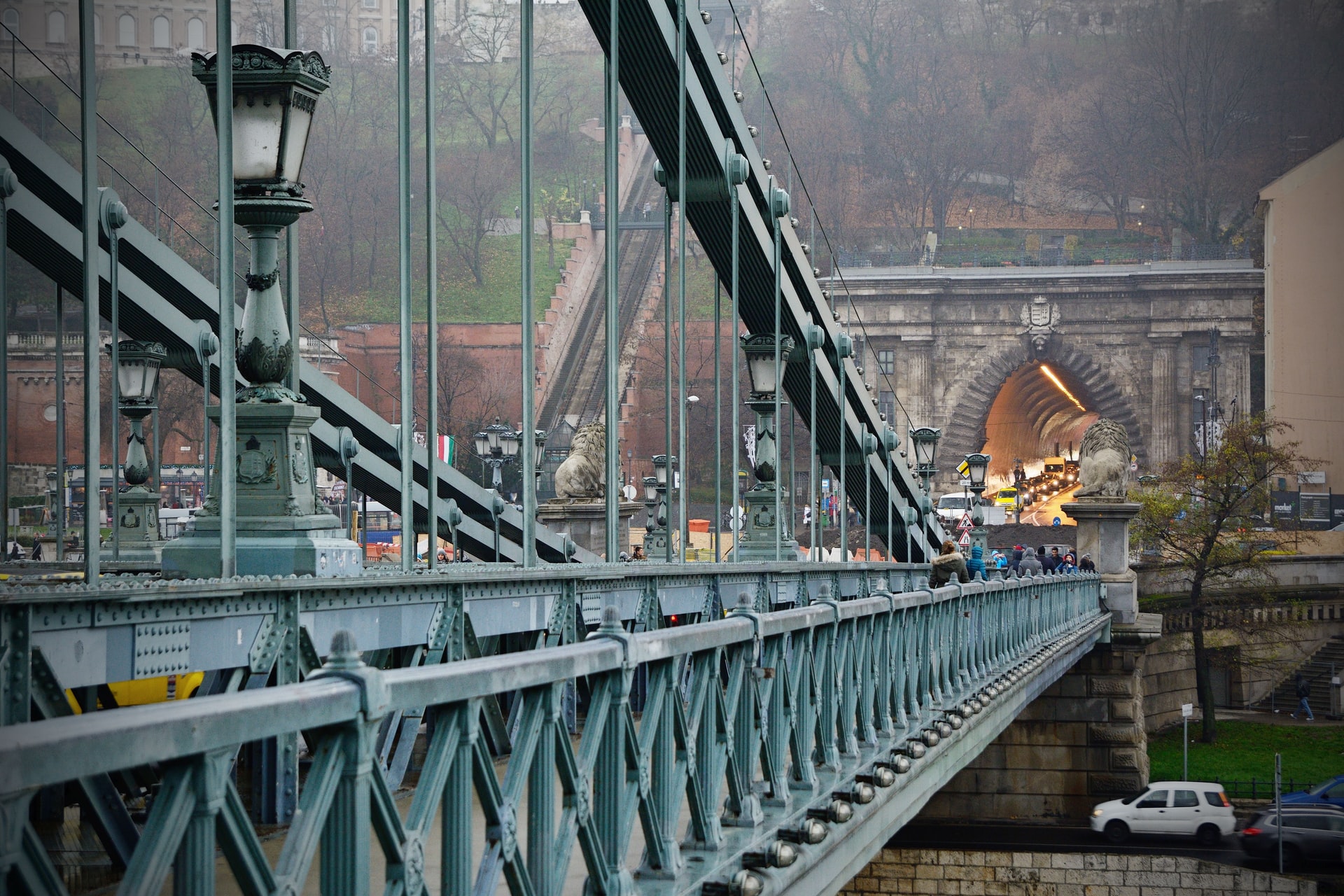
Szechenyi Chain Bridge
Buda or Pest?
Budapest is a city of contrasts, an amalgamation of the new and the old. It’s also one of Europe’s most beautiful cities, with its winding streets lined with Gothic mansions. The Danube River splits Budapest in two; Buda on the west bank and Pest on the east bank. Both banks are home to many attractions that will keep your interest for days!
It’s is made up of two cities: Buda and Pest, which are separated by the Danube River. The Chain Bridge is one of several links that connect the two cities, as well as numerous tourist attractions on each side of Budapest.
For a lot of tourists visiting Budapest, they get confused about Buda and Pest – which is not surprising considering that both sides have their own unique features. If it wasn’t for the Danube River splitting them apart, there would be no difference between these two cities at all! Both Buda and Pest are home to numerous attractions that will keep your interest for days! Some fun facts before what you should know before visit Budapest: Hungary is one of few countries where wine was invented by locals.

We recommend spending at least three days in Budapest. There are a lot of things to do in Budapest, but because it is cheap, it is an added benefit.
What should ever try to eat and drink in Budapest?
Hungarian cuisine is a unique and complex mix of Central European, Turkish, and Balkan spices. Hungarian recipes are delicious, but there’s also something to be said for sampling other cuisines while you’re in town since Budapest has such an intriguing multiethnic history!
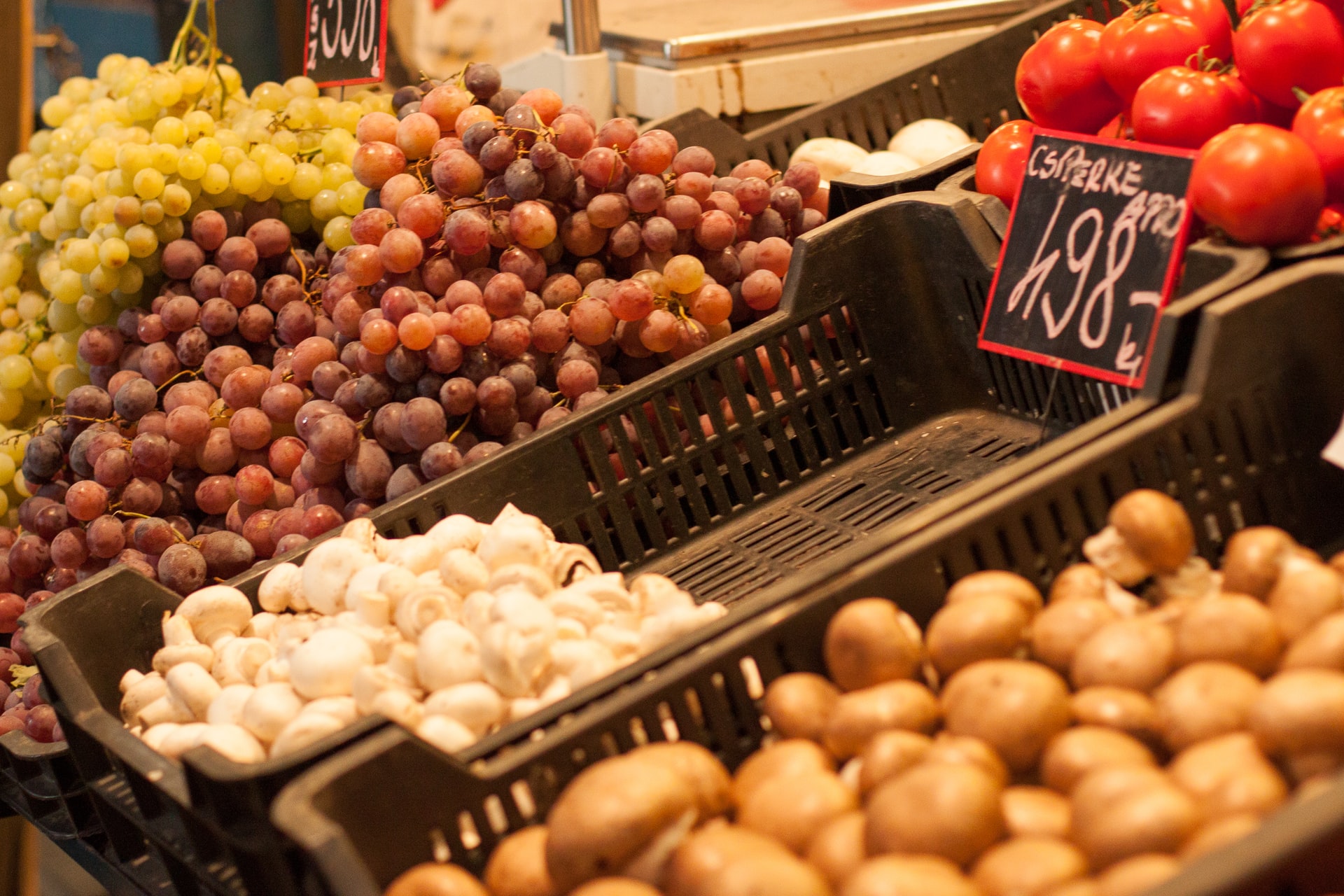
Grand Market Budapest
Many Hungarian meals are popular, including pörkölt (stew), gulyás (meat stew), and halászlé (fish soup). Some interesting food facts before we get into what you need to know about Budapest’s eateries: Hungary’s national dish is Goulash, which is similar to German versions but with a hotter paprika taste, making it quite distinctive from the original recipe. The contemporary goulash does not include sauerkraut or potatoes, as we might infer for a meat stew.
Before we get into what you should know about food in Budapest, here are a few interesting facts: Hungary’s national meal is Goulash, which is similar to German versions but with a more spicy paprika flavor. The present-day goulash does not include sauerkraut or potatoes, because it is made of beef.
Hungarian coffee has a long history and is one of the most important aspects of Hungarian life, whether you’re at work or relaxing with a cup of tea after supper! We can’t discuss any other nation’s coffee culture without mentioning it; that’s why we’ve put up some ideas on how to order your coffee in stylish cafés around town.
Of course, don’t forget to sample some Tokaji Wine while you’re in Hungary. Emperor Franz Josef would send Queen Victoria one bottle of Tokaji Wine for every month she had been alive on the anniversary of her coronation (a grand total of 972 bottles on her 81st birthday!). We recommend that you follow the Emperor’s example and buy some Tokaji wine for your friends and family at home during your visit to Budapest.
This wine, which is mentioned in the Hungarian national anthem, has been a Hungarian treasure for ages. Only in North-Eastern Hungary does Tokaji produce, and it comes in several flavors including dry, Szamorodni, Aszu, Eszencia, Fordiatas, and Maslas. Tokaji’s delicate color and exquisite flavor combined with its tiny slender bottles make it an elegant and delicious present. In Budapest, wine is very cheap and Tokaji costs range from $7 to $25 per bottle.
Try Palinka, Hungary’s most well-known home spirit. Palinka must be produced in Hungary according to EU legislation. This makes Budapest an excellent place to stock up on this delicious liqueur, which is a traditional drink at parties, weddings, and other occasions. Palinka is unquestionably the most popular beverage in Hungary.
Palinka is served at any Budapest bar or restaurant, and it’s on the menu everywhere. Palinka is most often made from plums, but other fruits such as apricot, pear, peach, apple, and cherry are also used. The fruit is mashed up and then fermentation begins. Finally, Palinka is distilled using either a pot still or a column still.
If we talk about home spirits then another very famous is also Unicum. Unicum is a 40 spice herbal liqueur produced from an ancient recipe that has remained a mystery for centuries in beautiful green bottles. Unicum is a dark, amber color as a result of being aged in oak barrels at Zwack’s Budapest factory. This drink, which was originally designed as a tonic for Emperor Joseph II in 1790, is widely used by Hungarians to treat everything from hangovers to rheumatism. Unicum has an equally fascinating backstory and delicious flavor, making it only appropriate that you buy it at the Zwack Unicum Heritage Visitors’ Centre in Budapest.
If you’re looking for a unique spice to add to your culinary collection, try Hungarian paprika. This lovely spice comes from Hungary and is widely beloved by chefs around the world. Paprika is an important component of Hungarian cuisine, and it adds vibrant color and great taste to food. Vitamin C and other antioxidants are also present in this wonderful spice. The peppers are dried, crushed, and sold in shops all across Budapest, which is where they’re grown. There are many varieties of paprika: special quality, exquisitely delicate, pungent rose, noble sweet, half-sweet strong.
There are several things to see and do in Budapest
The first thing you should do is to visit the Parliament building. This impressive structure was built in 1885 and it’s one of Budapest’s most famous symbols, which can be seen from many places around town. The building has a series of stairways leading up to the dome which is decorated with statues representing Hungarian heroes like King Louis I (in military attire), Prince Eugene of Savoy, Ferenc Rákóczi II, Könyves Kálmán (who wrote Hungary’s national anthem), Imre Thököly – all historical figures who fought for Hungary’s freedom against Habsburg rule.
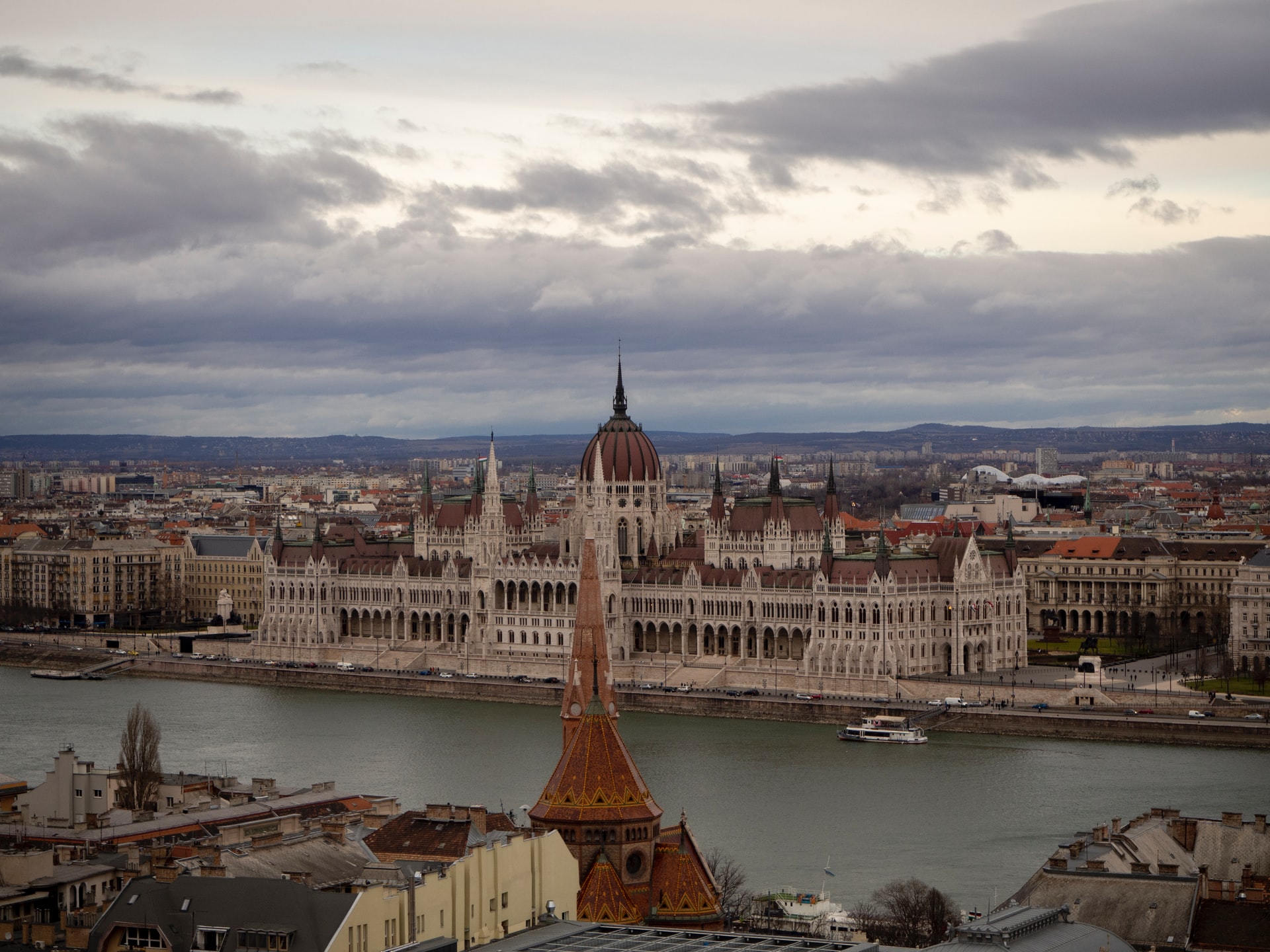
Budapest, Hungarian Parliament Building, Kossuth Lajos tér,
If you’re interested in history, don’t forget to visit the Budapest History Museum. In this four-story building on the grounds of Buda Castle, you can discover how Budapest has evolved from prehistory to the present day. Some rooms date back to the 15th century, including the cellars, which are open to visitors. The museum also provides an in-depth look at important historical sites around Budapest’s city center and their role in Hungarian history, dating back to prehistoric times through today. Admission is priced differently based on the season (2,000-2,400 for adults).
The Hungarian Presidential Palace is another well-known vacation spot. This is where the Hungarian president lives. The palace is known as Sándor-Palota, and while it isn’t as eye-catching as the other structures around it, you may observe the changing of the guard at the top of each hour for free (from 9am to 5pm, excluding Sundays). In the summertime, when the palace is open for tours (you’ll need to inquire about prices and hours directly),
The Hungarian State Opera House is a magnificent neo-Renaissance structure that was built in 1888 and has hosted world-renowned composers such as Gustav Mahler (who directed the opera from 1888 to 1891). It took almost ten years to finish and is a neo-Renaissance masterpiece that has welcomed international musicians such as Gustav Mahler. Tours are 2,500 HUF, but concert tickets cost around 10,000 HUF. The building will reopen at a later date.)
Take a Tour Heroes’ Square, which is the country’s biggest square. Heroes’ Square is Hungary’s main square, located at the end of Andrássy Avenue and containing the Millennial Memorial, which features a 36-meter pillar topped with the Archangel Gabriel surrounded by 14 statues of Hungarian kings (as well as other historical figures). The monument was erected in 1896 to commemorate Hungary’s 1000th anniversary. At that time, Hungary was part of the Austro-Hungarian Empire, ruled by the Hapsburgs; space had been left for future Hapsburg monarchs’ statues.
The Castle Hill or Várhegy offers stunning views over both riverbanks with its numerous attractions such as Matthias Church (Matyas templom), Fisherman’ Bastion (Halászbastya) towers, Gresham Palace (Gresham palota).
Another interesting place for tourists is Buda Castle where visitors will find Budapest History Museum displaying historical artifacts from Roman times until today, Hunyadi Garden, Gundel restaurant, and more. On the top floor, there’s a panorama terrace with stunning views over the Danube and Pest.
Gellert Hill (Sziklatemplom), commemorating Pope John Paul II’s visit to Hungary in 1993, is another must-see site in Budapest. The hill offers great views over Buda Castle and Gellert Spa which has natural springs full of minerals such as calcium, magnesium, or sodium bicarbonate that can help treat heart problems, blood circulation issues, and digestive system disorders among other things.
Nagytétényi Kastélymúzeum – Open Air Museum: an open-air museum featuring historical Hungarian houses from various regions of the country including Transdanubia (Ajka MÁVAG factory), Lake Balaton, Hortobágy puszta (Nigul-napraforgó Museum), and many more.
Take a day trip to Lake Balaton and relax on this beach during the summer heat. For around 6,000 HUF, you can get a round-trip train ticket from Budapest to Lake Balaton. It is Central Europe’s largest lake (also known as the “Hungarian Sea”) as well as a popular cycling destination due to its wine production and popularity with outdoor activities, especially biking.
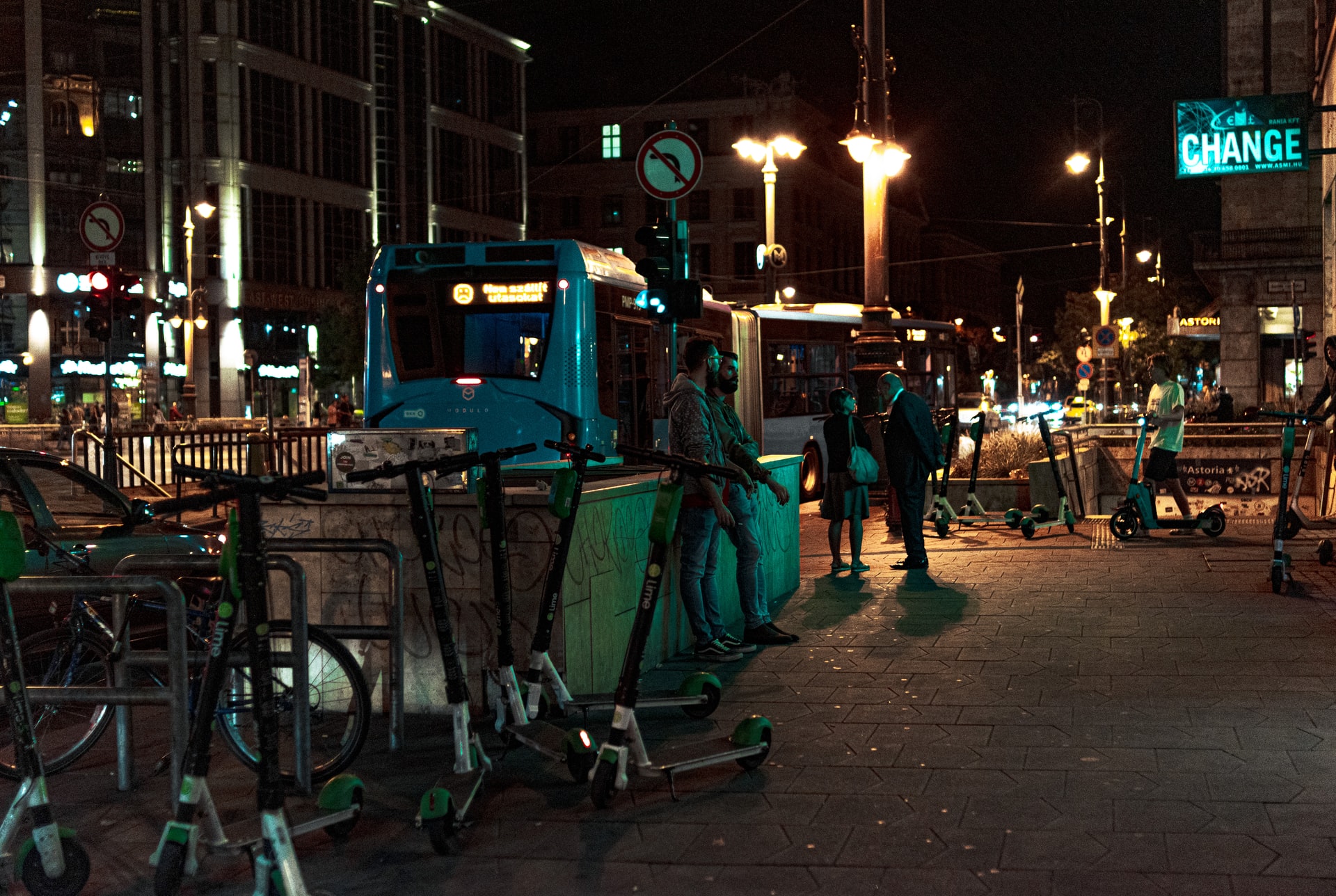
Another great place to visit is the Széchenyi Thermal Baths where you can relax in soothing warm waters while admiring the beautiful Art Nouveau architecture of this historical building. You will find several pools filled with therapeutic water rich in minerals such as calcium, magnesium, or sodium bicarbonate that are said to help treat heart problems, blood circulation issues, and digestive system disorders among other things.
A few minutes walk away from Szechenyi Spa you’ll find Budapest’s biggest market Hall “Central Market Hall” offering fresh fruit & vegetables, meat, fish, cheese, etc.
Budapest is a city full of life, warmth, and excitement offering a break from the skyscraper life. Budapest offers many things to see and do including delicious cuisine, thermal spas baths enjoying stunning views over both riverbanks.
Budapest is a city where you may enjoy yourself during the day and at night. Budapest offers several bars and restaurants that stay open well past midnight, so there’s always something fun to do.
Is Budapest better than Prague?
Many visitors wonder whether they should visit Budapest or Prague. Budapest and Prague have a lot in common: both have magnificent architecture, fascinating history, and certain traits that old European cities share. Despite their similarities (or maybe because of them), each city has something distinct to offer.
Is Budapest expensive to visit?
Budapest is not as inexpensive to visit as other European cities like Prague or Bratislava, but it’s considerably less expensive than Vienna and comparable to similar major Western European metropolises. A simple lunch will cost anywhere from €5 to €20, depending on where you eat and what you order. An open-top bus trip (if there are any available) costs roughly one day’s pass for around 150 HUF per person!
Budapest is a must-see destination. Whether you want to soak in thermal waters, party, or relax on the Danube River’s banks, Budapest has something for everyone. If you’re comfortable traveling alone and like it that way, Budapest is an easy and safe city to visit! Budapest is one of Europe’s most dynamic cities, with lots of things to see and do. Shopping, taking a day trip out of town, or relaxing at thermal baths are all options. The cuisine is fantastic as well!


